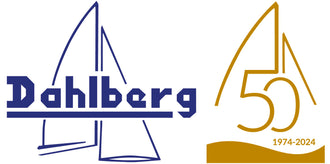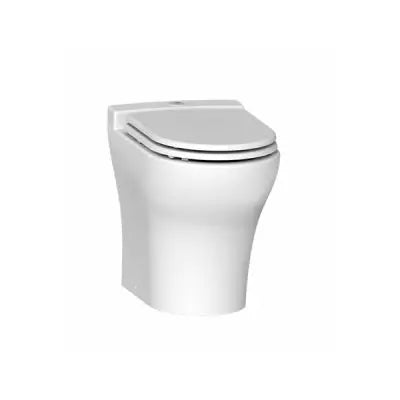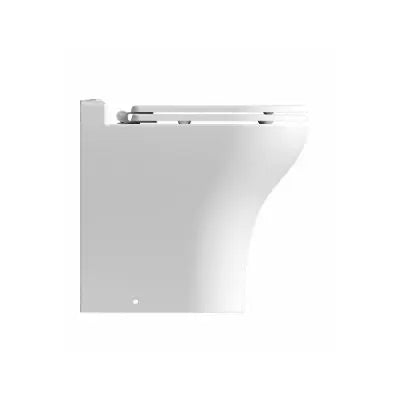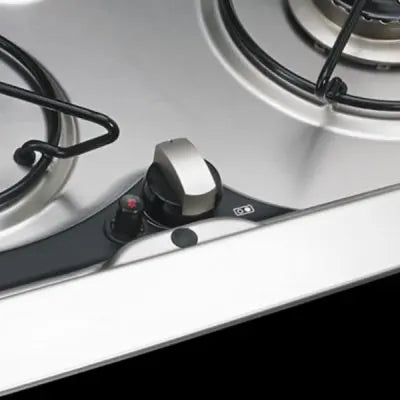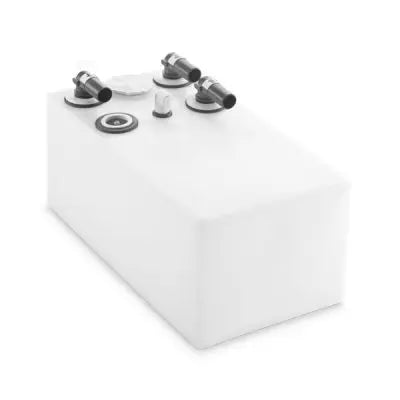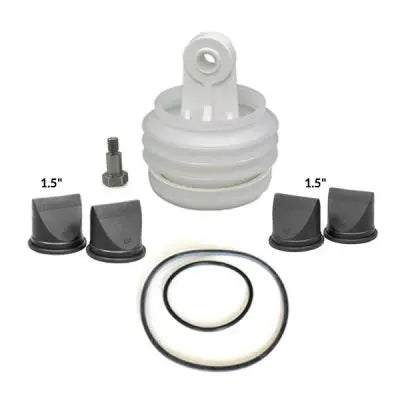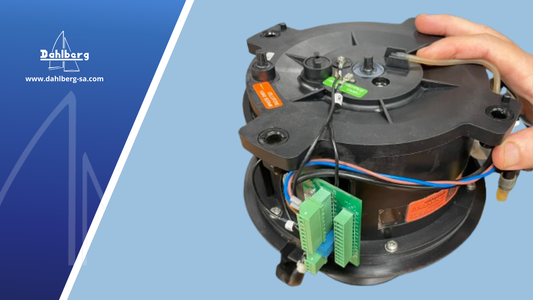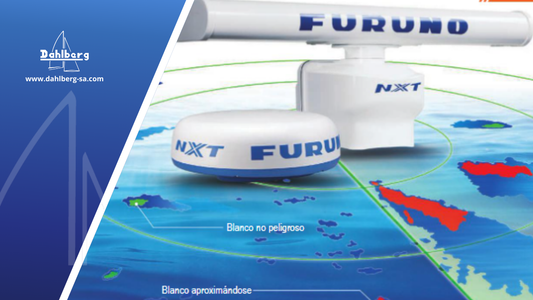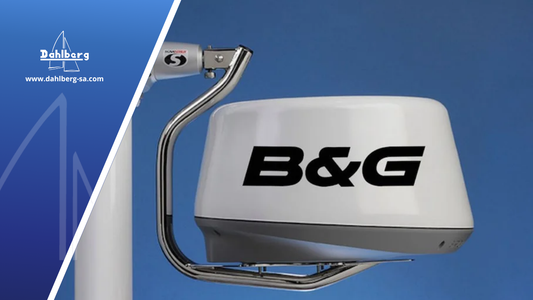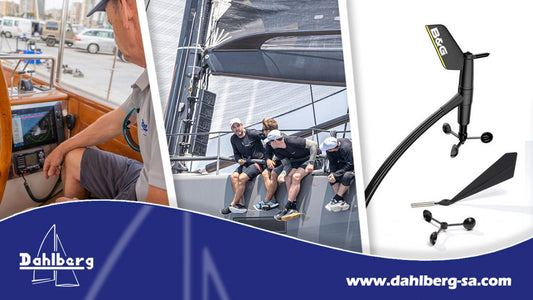
Sailing: Advanced Systems
More advanced instrument systems make use of additional sensors and techniques to achieve a higher level of accuracy in calculating True Wind.

Movement Correction
Heel and trim angles can be taken into account in the wind angle measurement, along with the boat's heel and pitch. In this way, we can compensate for the induced motion at the top of the mast when the wind sensor is affected by the boat's motion.
True Wind Corrections
True Wind Correction Tables allow the wind angle to be manually adjusted based on the deflection effect the sail plan has on the wind immediately before it hits the boat.
Wind Performance Filter
You can use advanced filtering methods to get a True Wind Direction that is statistically more accurate and less susceptible to short-term errors than basic trigonometric calculations.

main-H
Polar Tables
Polar tables can be loaded into certain systems to allow an automatic search for the objective boat speed and the optimum wind angle and speed based on the current wind angle and speed. This allows the boat's current performance to be compared to its theoretical optimum performance.

Tactical Software
For tactical planning, some software packages such as B&G Deckman offer the possibility of inputting data to calculate future voyages: GRIB files of weather and current data can be loaded into the software for optimal route calculation. These software packages are directly connected to the instrument system, allowing up-to-date data to be received from the vessel and more advanced functions to be calculated than those typically available in instrumentation systems.

And that's all for our publications on the "Essential Guide to Navigating with Instrumentation", you can download the full document by clicking HERE . Thank you for following us.
